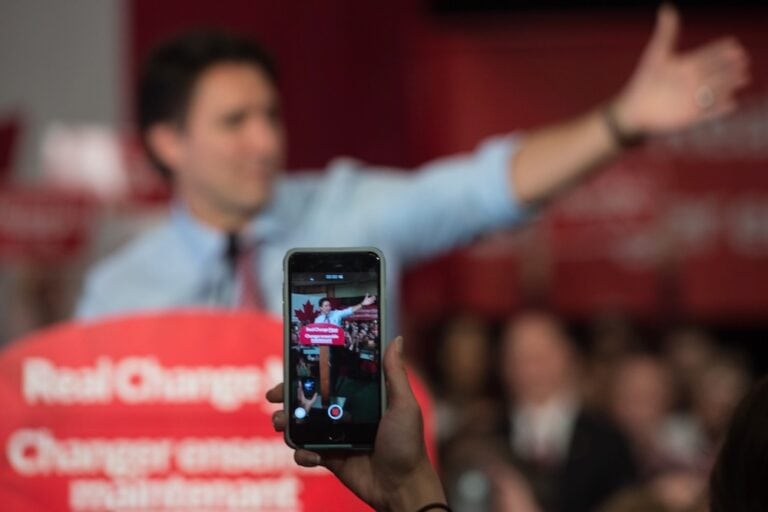In the wake of the 24 October 2014 shooting on Parliament Hill, Canadian media have been lauded for their calm, nuanced coverage of the events. Enabling the media to keep the public informed—and verify or discredit new information as it was released—prevented panic, and ensured people stayed out of active areas.
This article was originally published on cjfe.org on 24 October 2014.
By Laura Tribe
In the wake of Wednesday’s shooting on Parliament Hill, Canadian media have been lauded for their calm, nuanced coverage of the events as they unfolded.
This kind of violence is relatively rare in Canada. But when it does happen, Canadians turn to journalists for critical up-to-date information: to learn where there is danger, the extent of the situation, and how to prevent further risk.
In many countries, active shooters, terrorist attacks, and other violent incidents are handled by shutting out the press until order has been restored. These knee-jerk reactions that limit media access, either out of fear or a desire to control messaging, result in information vacuums that are often filled by speculation and public panic.
This has happened here in Canada. The 2010 G20 Summit in Toronto is one notable situation that raised serious concerns about how journalists were handled, and why information was so severely restricted and controlled.
As a result, one thing that stands out about Wednesday’s incident is that journalists I’ve spoken with—whether they were locked down in Parliament or outside on the streets—feel they were treated fairly by police and were able to do their jobs as a result. Journalists reporting from downtown Ottawa were frequently moved around for their own safety, but there have been no reports of media being asked to stop filming or taking pictures. The only requests reporters within Centre Block received were to avoid disclosing their locations and security procedures as police worked to clear the building.
A healthy media environment is integral to a functioning democracy. We know that journalists play a critical role in creating an informed public. Their job is to ask the hard questions, hold government accountable, and bring us into stories we wouldn’t hear otherwise. But it’s when dangers to the public arise, and situations are changing from moment to moment, that journalists’ crucial role really comes into focus.
Shootings in our nation’s capital and on Parliament Hill are extreme events. It’s understandable that imaginations start to run wild. But the way to prevent rumours is to share more, not less. This is not the typical response, but fortunately it is precisely what we saw on Wednesday. Enabling the media to keep the public informed—and verify or discredit new information as it was released—prevented panic, and ensured people stayed out of active areas.
We talk about the importance of a free press when it is restricted, and the resulting issues are obvious. But it’s not as easy to see when the system works. When journalists are allowed to report freely, it is the stories themselves that become the focus, not the function of the media itself.
Credit should be given to the police who allowed media to continue to do their job in the midst of an active crime scene, as well as the journalists who fervently covered the situation as it unfolded in a dangerous and turbulent environment.
Situations such as this leave us with a number of questions. But it is also important to remember what we do know, and how we know it. Let us make this important reminder of why we can’t afford to take our press freedom for granted.
Laura Tribe is CJFE’s National and Digital Programs Lead. Follow her on Twitter @ltribe.


